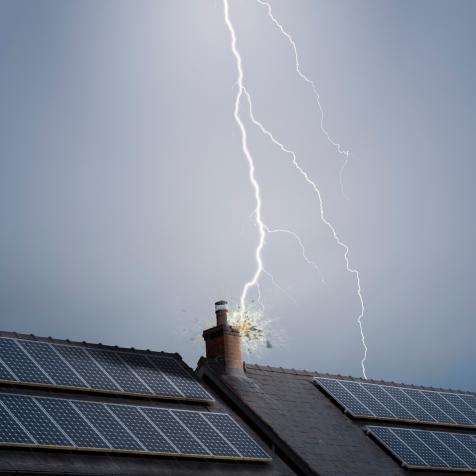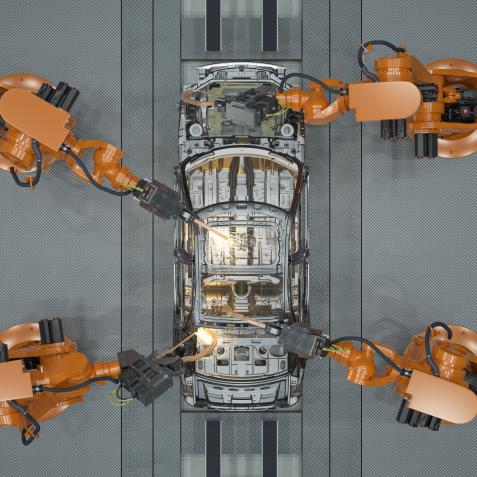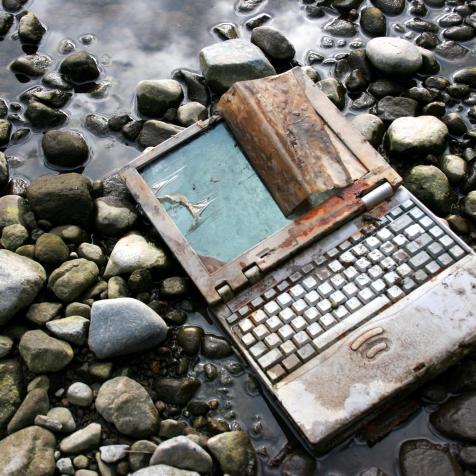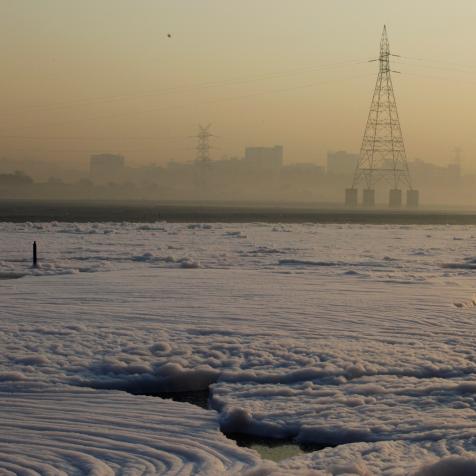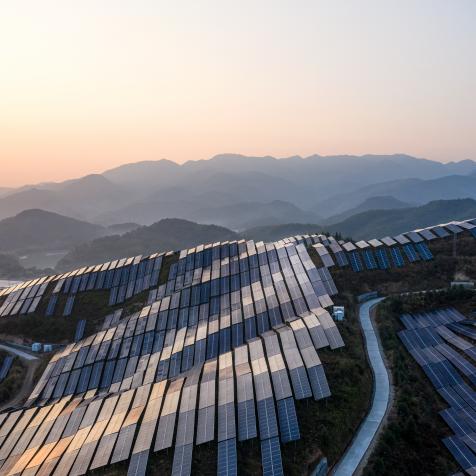
Waste Heat Can Be Transformed Into Abundant Clean Electricity
Waste heat is a worldwide energy problem most people have probably never heard about. Every machine and power station, even renewable energy like wind and solar, creates heat that is simply lost in the atmosphere. Thankfully, scientists and engineers are devoted to capturing heat and transforming it into useful electricity.
There are huge gains to be made because around 70 percent of all fuel energy is lost when it converts to mechanical or electric energy. Now researchers at Penn State University have created a flexible thermoelectric generator that wraps around hot water or exhaust pipes, turning heat into electricity.
Flexible devices are more efficient because they attach to pipes in factories or on vehicles without having to be glued on like rigid devices. Then the thermoelectric materials turn temperature differences between the surface fixed to the pipe and the cooler outer surface into electric current – called the Seebeck effect.
“Think about an industrial plant with pipes hundreds of feet long,” said Shashank Priya, professor of materials science and engineering at Penn State. “If you can wrap these devices around an area that large, you could generate kilowatts of energy from wasted heat that’s normally just being thrown away.”

Atlantide Phototravel
An enhanced geothermal system for thermoelectric power in Larderello, Italy.
Thermophotovoltaic devices are another promising way to use this waste heat. University of Michigan engineers have created a precisely machined thermophotovoltaic cell that could be used to generate electricity from surplus renewable power. The cells would use heat stored in molten salt and turn it into electricity on demand, in a form that is much cheaper than batteries, say its creators.
One of the factors crucial to any device’s thermoelectric efficiency is its material. If higher electrical energy can be created with smaller temperature differences, then the materials are said to have a high ZT value. And a new material created by scientists in Vienna has smashed the ZT value world record.

Monty Rakusen
Engineers repair low-pressure steam turbines in a workshop.
Using a thin layer of iron, vanadium, tungsten, and aluminum applied to silicon crystal, scientists have doubled the previous best. The random distribution of atoms in their material slows down the way heat passes through it, making the thermoelectric effect last longer, able to power sensors and small computer processors.
Any new thermoelectric material has to have a distinct advantage, and research is identifying a number of promising contenders. Pyroelectric films are aimed at waste heat emitted at less than 100 degrees Celsius (212 F) and can generate electricity when a material is either heated or cooled.
Low-temperature generation includes computers and cars, making pyroelectrics particularly useful for squeezing more energy out of electronic systems.
Another relative advantage is inexpensive materials. More abundant elements like tin, selenium, and magnesium are cheap and abundant, with high ZT values when combined in the right way. Their use could lead to greener car engines and industrial furnaces.
And when it comes to personal electronics, thermoelectrics could eventually see off traditional charging hardware. Chinese researchers have built a wristband that gathers body heat to power a LED and may be able to power smartwatches or other mobile devices in the future.











